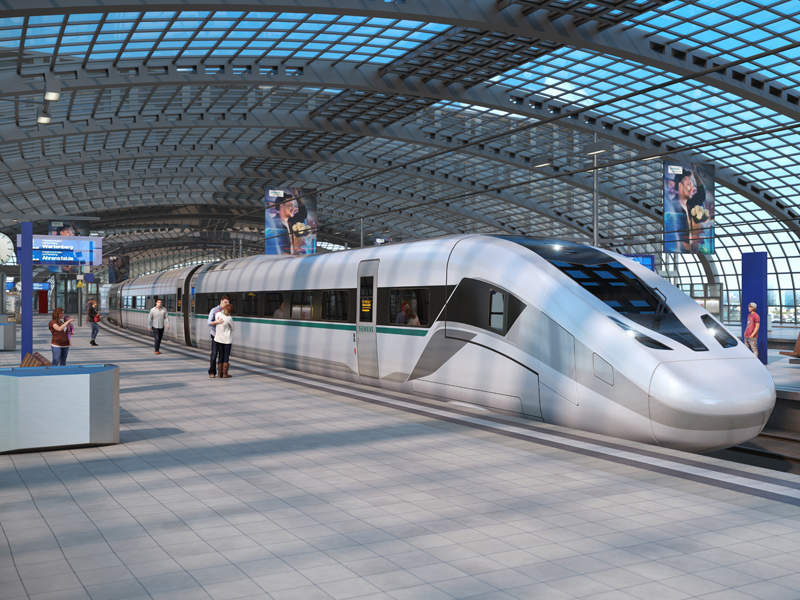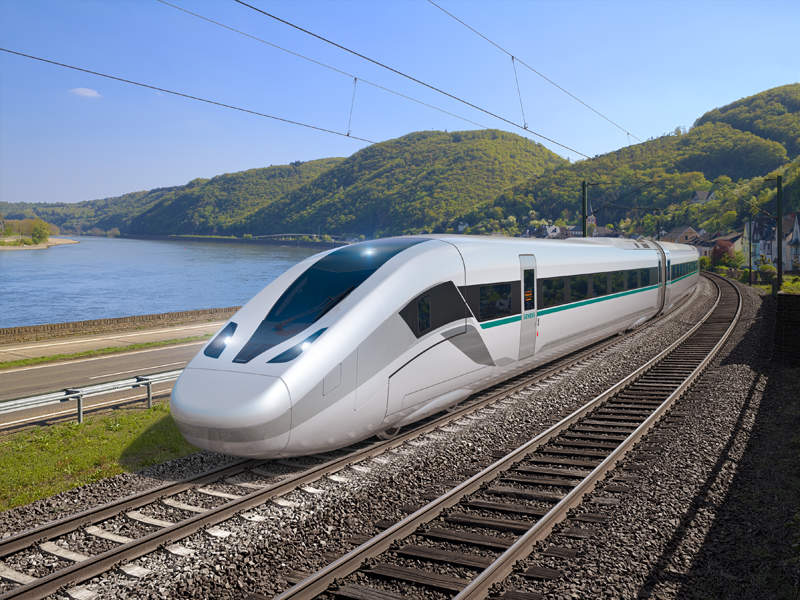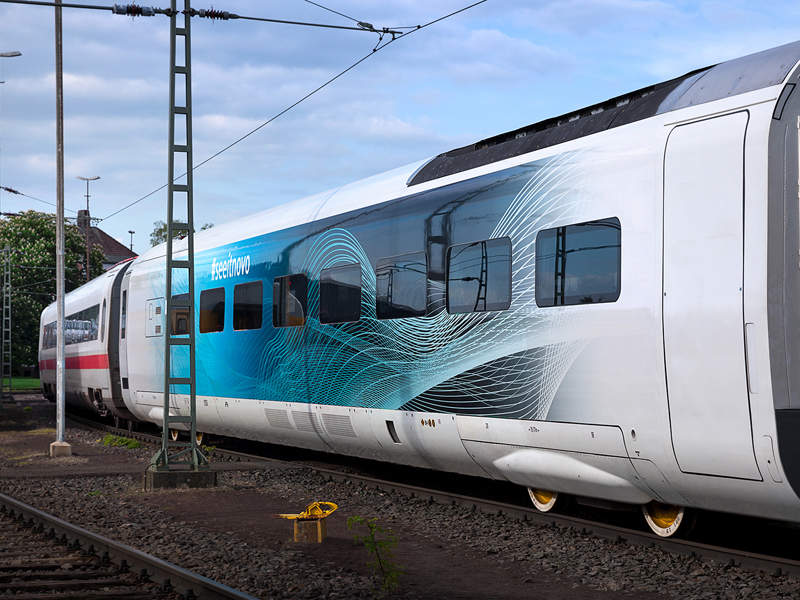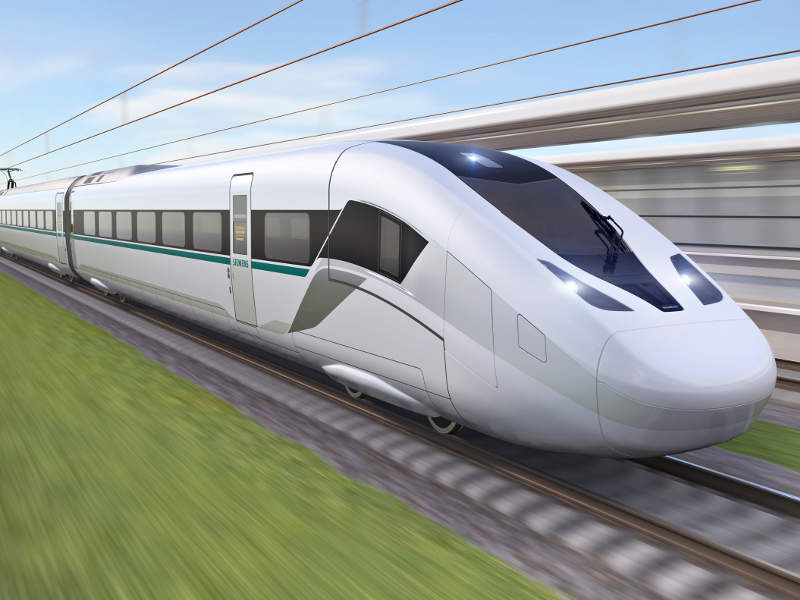The Velaro Novo high-speed train being developed by Siemens is expected to set new standards for efficiency and sustainability, as well as passenger comfort and convenience.
Siemens will display the train at the InnoTrans 2018 trade fair for rail technology to be held in Berlin, Germany, in September 2018.
The first Velaro Novo high-speed train is expected to enter service in 2023.
Velaro Novo high-speed train development
Velaro Novo is the latest member of the Velaro family of high-speed trains developed by Siemens. The Velaro trains are currently operational in Germany, Netherlands, Belgium, Switzerland, Spain, France, China, Russia, UK and Turkey. The Velaro fleet covers more than one million kilometres a day.
The development of Velaro Novo concept began in 2013 and the train entered its testing phase in April 2018. The first test car is currently undergoing trial runs in Germany under various operating conditions in order to evaluate the performance of the trainset and bogies.
Velaro Novo design and features
Velaro Novo will feature a more streamlined front surface offering improved aerodynamics. The innovative design of the train will minimise the technical installations to optimise capacity for passengers.
Offered in seven–car and 14-car configurations, the high-speed train is also designed to offer reduced lifecycle costs.
The seven-car configuration will be 202m-long and can be operated with either single or dual systems, while the 14-car version will have a length of 404m.
The mass of the vehicle will vary between 412t and 485t depending on its speed settings. The train will be 15% lighter than the previous Velaro vehicles.
Interiors of Velaro Novo high-speed train
The empty tube concept of the trains means no permanent installations and the ability to be customised according to the requirements of customers. The concept will further offer an optimal balance of flexibility and cost efficiency.
The new train will offer 10% more internal space when compared to other Velaro trains. The interiors of the cars will not feature under-seat containers or electrical cabinets, with only a roof-mounted electrical cabinet and rear wall electrical cabinets to enhance the internal space.
Each Velaro Novo car will be 28.75m-long and will offer an aisle width of 535mm, which will be 11mm wider than other previous generation Velaro vehicles. The trains will also be offered with 2+3 seating configuration for railways with larger structure gauges.
The train sets can also be integrated with internet service, passenger information systems, on-board entertainment and CCTV security surveillance systems.
Sustainable features
The Velaro Novo high-speed train will use 30% less energy, which will reduce CO2 emissions by 1,375t a year.
Train bogies will be completely covered and streamlined to reduce noise emissions and energy consumption by 15%.
Propulsion and power
The trainset will feature proven distributed traction system, which has been operational since the introduction of ICE 3 high-speed train. The scalable traction system will enable it to operate at a speed between 250km/h and 360km/h, while the corresponding power output will range between 4,700kW to 8,000kW.
Velaro Novo will be installed with high-performance electrical brakes with resistors to reduce wear and tear, resulting in lower maintenance costs.






